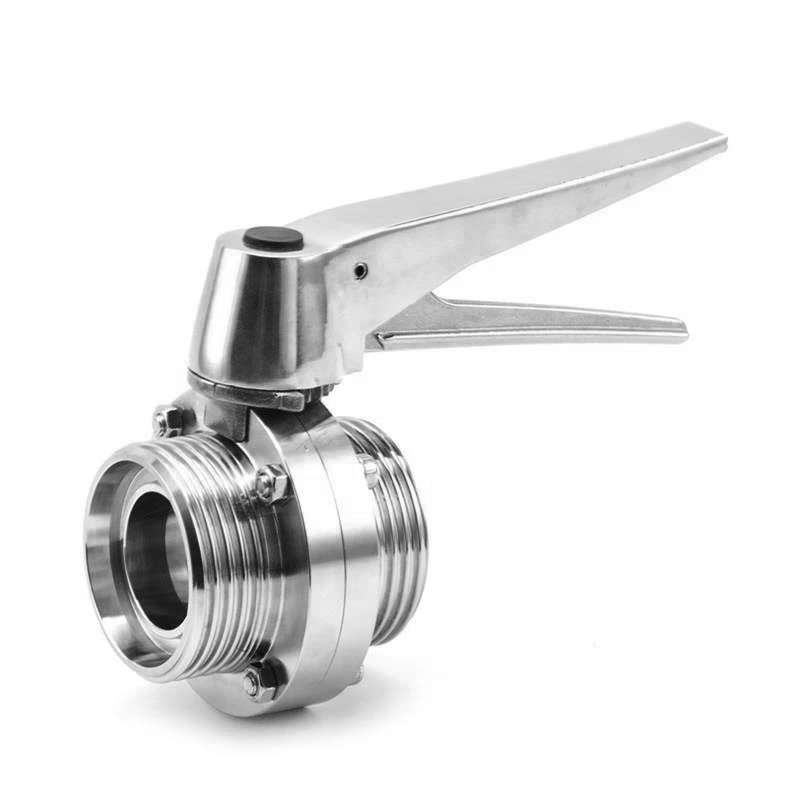Sanitary Butterfly Valve Design Standards
The design standard for Sanitary Butterfly Valve pertains to valve specifications in the food, pharmaceutical, and other fields.
This standard aims to ensure the hygienic performance and operational reliability of valves. Material selection requires the use of stainless steel that meets sanitary standards. Surface roughness is strictly regulated to reduce dirt adhesion. The valve body design should be easy to clean, with no dead corners. Seals must be corrosion-resistant and hygienic. The shape of the butterfly disc influences fluid flow and cleaning effectiveness. Valve opening and closing operations must be flexible and require moderate force. Connection methods, such as quick-release connections, should meet hygienic requirements.
The design should consider the valve's performance in varying temperatures. Compressive strength must meet specified standards to ensure safe operation. The flow coefficient must be accurately calculated to ensure stable system flow. Backflow prevention is a key consideration. The valve stem must be made of a durable and rust-resistant material to ensure operational stability. Special sealing designs are available for applications requiring high sterility. The internal flow path of the valve should be smooth to reduce fluid resistance. Clear and permanent markings should be provided for easy identification and maintenance. Compatibility with other equipment should be considered during the design. The protection level of the electric actuator must meet sanitary requirements. Manually operated parts must be easy to grip and operate. Welding processes must ensure high-quality, defect-free welds. Surface treatment must effectively prevent bacterial growth. Weight design must facilitate installation and handling. Dimensions should comply with relevant international or industry standards. Chemical resistance must meet clear standards. Noise levels must be controlled within certain limits to protect the working environment. Fire protection must meet appropriate rating requirements. Seismic design must ensure proper operation in earthquake environments. Electromagnetic compatibility design must meet electrical system requirements.
Valve service life must meet specified limits. Cleaning validation protocols are an integral part of the design. Maintenance convenience is a design consideration. Fluid control accuracy must meet process requirements. Material traceability is a strict standard requirement. Explosion-proof design must comply with hazardous area regulations. The design should be simple and easy to clean and disinfect. Suitable resistance to media with varying pH levels must be achieved. The valve must maintain a tight seal during temperature fluctuations. Assembly processes must ensure precise fit of all components. Valve markings should include key performance parameters.
Sanitary butterfly valve design standards incorporate multiple factors to ensure both hygiene and performance. Compliance with this standard can ensure the reliable and stable operation of butterfly valves in sanitary areas.
